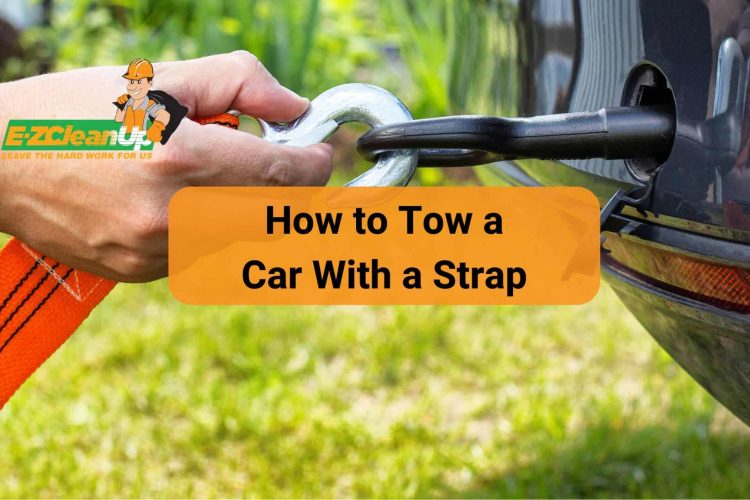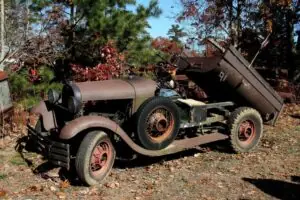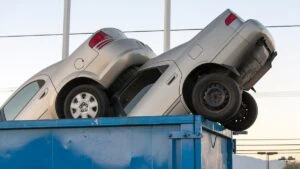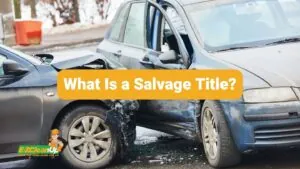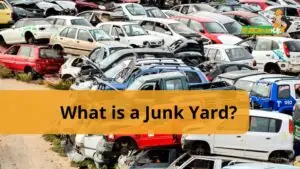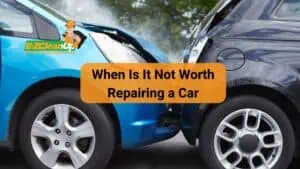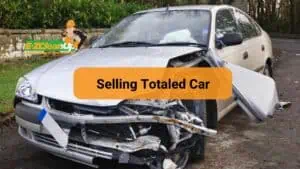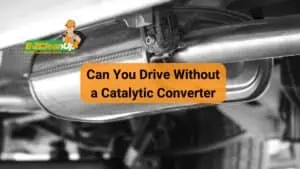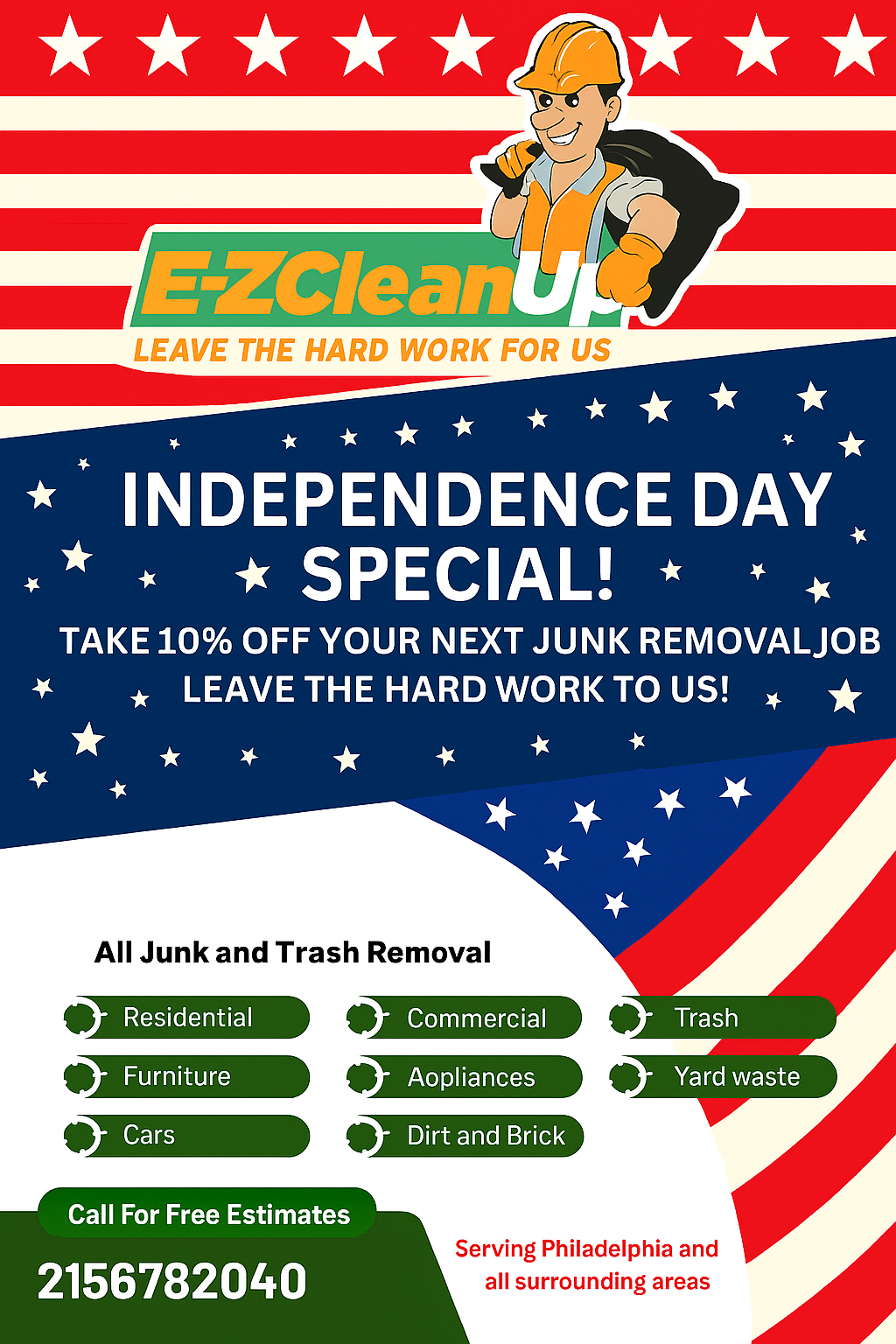To safely tow a car with a strap, always use a professional, weight-rated tow strap and attach it to secure points on both vehicles. Inspect the strap for damage, ensure it’s not twisted, and follow local towing laws for a safe experience.
If you want to learn how to tow a car with a strap from start to finish, read our guide.
Proper Preparations Before Towing
Understanding how to tow a car safely helps prevent damage to the towed vehicle, including tire wear, brake damage, or structural issues. It also ensures the safety of other road users by avoiding accidents or hazardous situations on the road. Moreover, being knowledgeable about towing practices helps you comply with legal requirements.

When towing, it’s crucial to use proper equipment and follow safety guidelines strictly. Using a professional, weight-rated tow strap is essential. And you should never attempt to tow with makeshift ropes, chains, or other materials that could break and lead to dangerous situations.
Before towing, make sure you have accomplished the following:
Selecting the Right Tow Strap: Material and Strength Considerations
Choosing the right tow strap involves considering the material, strength, and safety features. Materials like high tensile polyester are known for their durability, moisture resistance, and UV protection.
When selecting a tow strap, its working load limit (WLL) is crucial. The WLL should be greater than the vehicle’s weight. This will ensure the strap can handle the tow without breaking.
Inspecting Tow Straps and Equipment for Damage
Before use, inspect your tow strap and equipment for signs of wear, tear, or damage. These include fraying, cuts, broken stitching, or damage from UV rays.
Also, check for small particles embedded in the webbing, burned areas from chemicals, and any corrosion on metal components like hooks or ratchets. Regular inspections ensure the safety and reliability of your towing equipment.
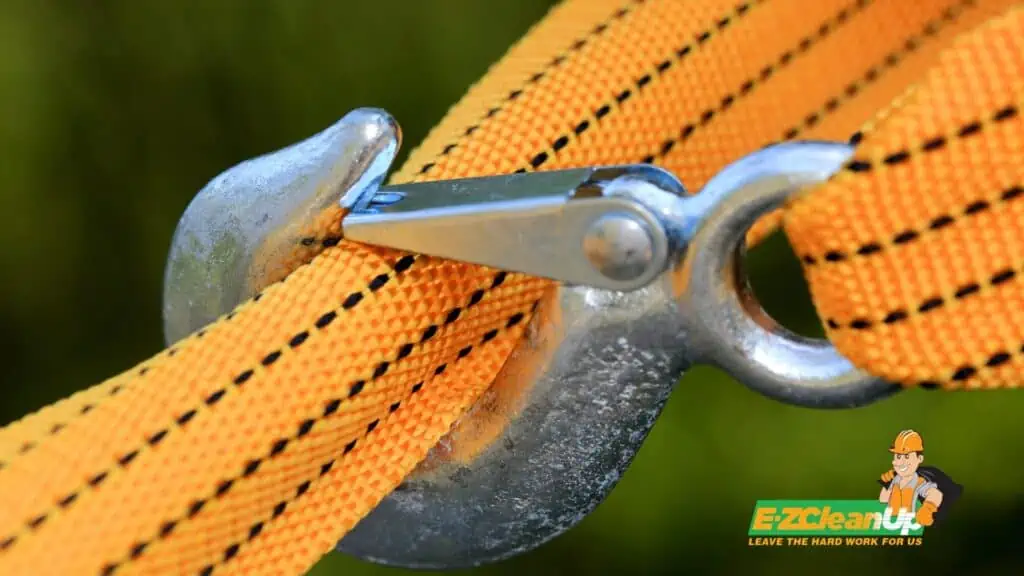
Identifying Secure Attachment Points on Vehicles
Secure attachment points are critical for safe towing. Look for manufacturer-recommended points like towing loops, frame attachment points, or axle attachments. Avoid using parts not designed for towing.
These include bumpers or suspension components, which can lead to vehicle damage. For vehicles without traditional hooks, consider using a recovery hitch with a shackle or D-ring for a secure attachment.
Towing with a recovery strap requires careful consideration of the strap’s specifications and the towing procedure to avoid accidents or damage. For example, recovery tow straps, typically made of nylon, offer a range of sizes to suit different vehicles and purposes.
The typical width is 2-3 inches, with lengths varying based on the vehicle being pulled. When using a recovery strap, ensure it’s laid flat to avoid twists and securely attach it to the designated mounts on both vehicles.
Step-by-Step Guide to Using a Tow Strap
Utilizing a tow strap is a practical solution for moving vehicles over short distances or during emergencies. Here’s an outline of the correct steps to ensure safety and effectiveness during the towing process.
1. Attaching the Tow Strap Correctly to Both Vehicles
First, identify secure attachment points on both vehicles. Preferred points include torque boxes, front lower control arms, or specialized hooks like J-hooks or T-hooks. Attach one end of the tow strap to the towing vehicle and the other to the towed vehicle.
2. Ensuring the Tow Strap is Not Twisted for Maximum Efficiency
A twisted tow strap can compromise the towing process and reduce the strap’s lifespan due to uneven pressure and wear. Before and after attaching the strap, inspect it carefully to ensure it lays flat without any twists or kinks. If any are found, untangle them before proceeding.
3. Positioning the Towing and Towed Vehicles for Safety
For safety, position the towing vehicle on a level surface with its parking brake engaged and ensure it’s in neutral. Similarly, the towed vehicle should also be in neutral with its parking brake engaged initially. The towed vehicle should be placed so its front tires are just behind the towing vehicle’s rear tires.
Once the tow strap is securely attached and checked for twists, both drivers should exit their vehicles to finalize preparations. Before starting, recheck the tow strap and vehicle attachments.
During towing, it’s crucial to maintain clear communication between the drivers, plan the route ahead of time to avoid busy or high-speed areas, and always follow local towing laws and regulations.
The towing vehicle should start slowly. This will allow the tow strap to become taut before increasing speed gradually. The driver of the towed vehicle should lightly hold the brake until the strap is taut to prevent rolling, and then release it to be towed.
Safety Measures and Legal Considerations
By adhering to local laws, using the correct equipment, and understanding the dynamics of towing, you can ensure a smooth and safe experience.
Adhering to Local Laws and Regulations for Towing
Understanding and following local laws and regulations related to towing includes obtaining any necessary licenses. It includes a tow truck operator’s license, which may be required in some areas. Familiarizing yourself with local towing ordinances can help you avoid fines and penalties.
Using Emergency Flashers and Signage While Towing
Utilizing emergency flashers on both the towing and towed vehicles increases visibility and alerts other drivers to the towing operation. It’s also recommended to display a “tow” sign on the towed vehicle to make it clear that it is being towed.
Planning for Increased Braking and Acceleration Distances
The physics of towing a vehicle necessitates adjustments in driving habits. Specifically, drivers should plan for increased braking distances. The added weight of the towed vehicle means it will take longer to stop safely.
Similarly, acceleration should be slower to avoid strain on the tow strap and to prevent the towed vehicle from becoming unstable. These adjustments help ensure control over both vehicles and contribute to a safer towing experience.
Common Mistakes to Avoid When Towing
Towing can be a complex task that requires attention to detail to ensure safety and avoid common pitfalls. Understanding these common mistakes and how to prevent them is crucial for anyone involved in towing.
Attaching Tow Straps to Non-Secure Parts of the Vehicle
It’s critical to attach tow straps to secure parts of the vehicle to prevent damage. Avoid using parts not designed to handle towing stress, such as MacPherson strut control arms and aluminum front lower control arms.
Instead, ensure the tow strap is connected to a secure attachment point on both the towing and towed vehicles. Incorrect attachment points can lead to vehicle damage and unsafe towing conditions.
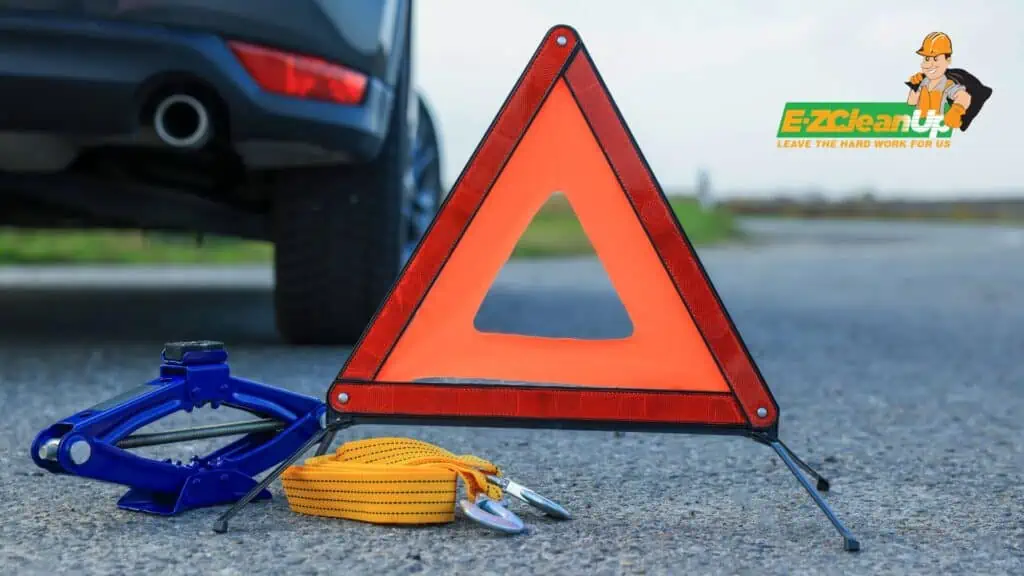
Towing at High Speeds or Without a Driver in the Towed Vehicle
Towing requires cautious driving, especially regarding speed and vehicle control. Towing at high speeds increases the risk of accidents and can cause damage to the towed vehicle.
Moreover, having a driver in the towed vehicle is crucial for monitoring the vehicle’s condition and applying brakes if necessary. This practice enhances safety by providing better control over the towed vehicle’s movements.
Using Tow Straps for Long-Distance Towing
Long-distance towing with tow straps can cause excessive wear and tear on both the tow strap and the vehicles involved. The strain of long distances can lead to premature wear of the tow strap, which increases the risk of failure.
Additionally, improper towing practices over long distances can contribute to additional wear on the vehicles, particularly if towing is performed at high speeds or with incorrect attachment points. To avoid these issues, consider using appropriate towing equipment designed for long distances and adhering to safe towing practices.
When to Opt for Professional Tow Services
Coming up with the decision to utilize professional tow services instead of attempting a DIY solution requires understanding when, why, and how to select the best provider for your needs.
This consideration becomes critical under certain circumstances, and knowing how to choose a reliable service provider can ensure safety, efficiency, and peace of mind during potentially stressful situations.
Recognizing Situations Beyond DIY Towing Capabilities
Certain scenarios make it necessary to call for professional intervention. These include complex issues like towing vehicles with damaged axles or transmissions, handling heavy-duty vehicles, managing long-distance tows, and operating under unsafe road conditions.
The expertise and specialized equipment of professional services are indispensable in these instances for ensuring safety and effectiveness.

How to Choose a Reliable Tow Service Provider
Consider the following when deciding on a reliable towing service provider:
- Reputation and Experience: Experienced professionals are more likely to handle your vehicle safely and efficiently.
- Proximity: Choosing a provider located near your frequent routes can ensure faster response times. Proximity is especially beneficial in urban areas with dense traffic and multiple towing options.
- Online Reviews and Recommendations: These can provide insights into the reliability and quality of service offered by a company.
- Licensing and Insurance: Verifying that a tow service provider is licensed and insured is crucial for your protection and peace of mind. This ensures that you are covered in case of accidental damage during the tow.
- Service Offerings and Technology: Understanding the range of services offered and checking whether the company uses modern technology for their operations can indicate their capability to meet your specific needs.
- Rates and 24-hour Service: Knowing the rates in advance and ensuring the company offers 24-hour service are important factors to consider, as emergencies can occur at any time.
Towing a Car with a Strap FAQ
Can I Use a Tow Strap to Tow an All-Wheel Drive (AWD) Vehicle?
Towing an AWD vehicle with a tow strap requires careful consideration due to the potential for drivetrain damage. It is imperative to lift all four wheels off the ground to avoid straining the drivetrain. Utilizing a flatbed tow truck or a dolly that can safely accommodate the entire vehicle is recommended.
If it is not possible to lift all wheels, disconnecting the drive shaft may prevent damage, although this is a complex procedure best left to professionals. Always consult the vehicle’s manual for manufacturer-specific towing instructions.
How Long Can a Tow Strap Be Used Safely?
The lifespan of a tow strap depends on its usage frequency and the conditions under which it’s used. But prioritizing safety by promptly replacing worn or damaged straps is essential.
A damaged tow strap poses a significant risk and should be replaced as soon as any wear or damage is observed. Continuing to use a compromised tow strap can lead to accidents or vehicle damage.
How Can I Ensure the Towed Vehicle Remains Secure During Transportation?
Ensuring the towed vehicle’s security involves several steps:
- Use secondary attachment chains or straps for added security.
- Properly secure the steering wheel of the towed vehicle to maintain control.
- Utilize tow extension lights and signage to alert other road users.
- Verify both vehicles are in good condition and properly connected before starting the tow.
Adhering to these guidelines and proper towing practices helps maintain the safety and security of both vehicles during transportation.
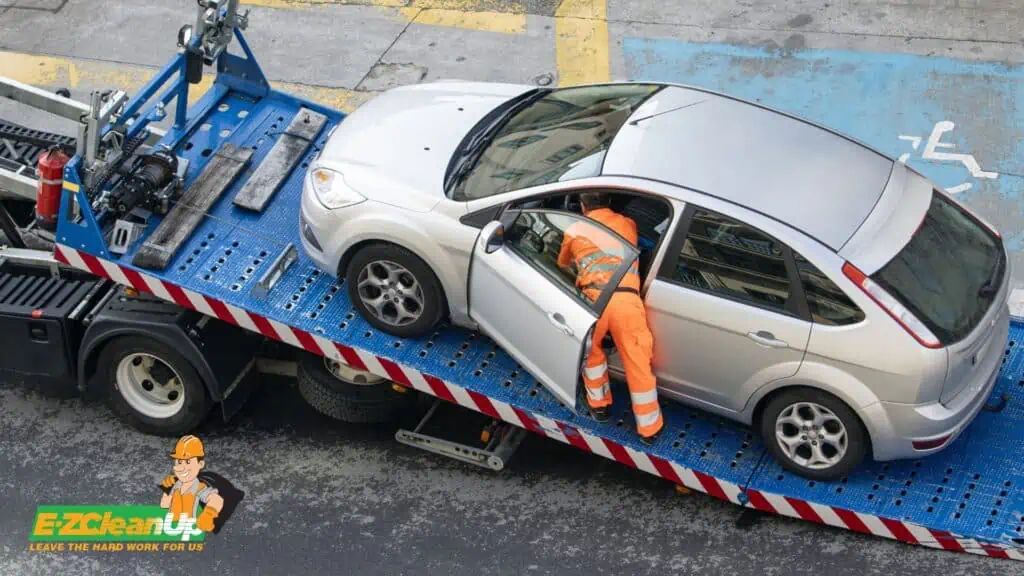
Drive Away with Ease and Confidence
Remember, when towing a car with a strap, always consider safety and efficiency. Transitioning from the essentials of towing, EZ CleanUp steps in to offer an invaluable service.
If you’re looking to part with an old car, we not only buy junk cars for cash but also provide free pickup and towing from your location to our junkyard. Simplify your life and space, and reach out to us for efficient services.

